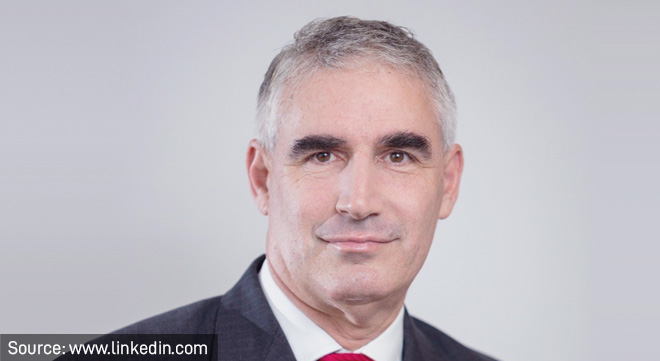Clients of the Sanlam Umbrella Fund can expect a further decrease in group risk premiums when policies are revised for 2024 and 2025, says David Gluckman (pictured), who chairs the fund’s board of management.
Writing in Sanlam’s 2023 Benchmark Survey, Gluckman said premiums increased significantly from 1 October 2021 after insurers incurred massive losses during the third wave of Covid-19, which struck in mid-2021.
Although overall premium rates fell at the most recent annual review on 1 April, they were still significantly above pre-Covid levels. Insurers believe the risks are materially higher than they were before the pandemic, and the long-term effects of Covid are yet to be discovered. However, it was clear that life has returned to normal, Gluckman said.
“My sense (and it is no more than an educated guess) is we can expect (and I always position subject to all things being equal) overall premium rate decreases for perhaps the next two annual revisions in 2024 and 2025.”
Fair profit margin
Commenting on the Competition Commission’s inquiry into group risk pricing, Gluckman said, in his view, a fair long-term profit margin on group risk business for an insurer was about 5%.
The Sanlam Umbrella Fund’s main insurer, Sanlam Group Risk, reported in April 2023 that the fund’s risk pool overall net claims ratio has been 95% since 2016.
“That is a fairly long period, including the entire pandemic period, and the outcome is precisely in line with what I would have hoped in advance. The truth, though, is that Sanlam Group Risk made less than a 5% profit margin over this period. But that relates to the difference between net premiums (used to determine claims experience) and gross premiums (the difference reflects the expenses of the insurer’s operations),” Gluckman said.
An insurer aims to deliver an appropriate profit/return on capital to its shareholders over the long term, and insurers have the right to set premium rates at what they believe are sustainable levels, he said. At the same time, his fund’s Insured Benefits Management Committee has a responsibility to question and challenge the insurers to try to get the best outcome for members.
The fund has set Sanlam Group Risk the target of halving its expenses because of administration efficiencies, and clients are only charged risk premiums based on the targeted “much-reduced expenses”. These expense savings have not yet been achieved, but Gluckman was convinced that they can and should be because of the fund’s increasing economies of scale and technological advances.
Consolidation continues
When the 2019 Benchmark Survey was released, Gluckman reported that the Sanlam Umbrella Fund was about to reach R50 billion in assets under management. He said the fund was currently closing in on R100bn.
Gluckman said the trend of consolidation in the retirement industry has not only continued, but it accelerated during the pandemic. Five years ago, it was unusual for standalone funds with asset of R1bn or more to consider transferring into a commercial umbrella fund, but this was rapidly becoming the norm.
One of the drivers of consolidation were the increasing legislative complexities that place an ever-greater burden and risks on trustees – of which the pending two-pot retirement system was a prime example, Gluckman said.
The two-pot legislation was “far more complex and risky than meets the eye”, and he was not confident that most retirement funds and administrators will have everything in place by the likely implementation date of 1 March 2024.



